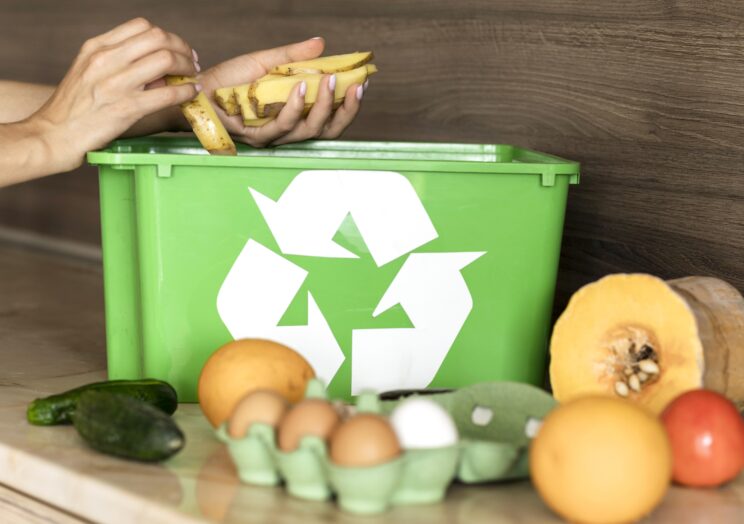
The launch of the fifth bin for separating and collecting organic waste has enabled that portion which was previously mixed in with non-recyclable waste to be recycled.
In Madrid, recycling organic waste at the Valdemingómez Technology Park allows us to obtain biogas and fertiliser. After a purification process, this biogas is used to extract biomethane which is then injected into the gas grid and can be used for many uses. In Madrid, for example, it is used to power the municipal EMT bus fleet.
The recycling process and the end products obtained are not always the same. In other cities, recycling organic waste is carried out to produce compost or natural fertiliser. To be successful, the separation of this bio-waste into the brown bin must be faultless, with no undue waste mixed in.
Despite major advances in the recycling of organic waste, new ways to improve how bio-waste is handled are still being looked into, to try and maximise its use, reduce its production and fulfil the goals of a circular economy.
In this article, we’ll look at some of the projects that are already underway, or are being piloted, to improve how organic waste is managed:
- Food packaging: some companies are developing technologies to produce food packaging such as bioplastics. One example is “MarinaTex”, a bioplastic that can be composted in a few weeks and is made from fish skin, crustacean shells and seaweed. In addition to using up organic waste, it could extend the shelf life of certain foods, thus reducing food waste, and without any issue of contamination by plastics.
- Vegetable skins: all plant-based foods such as fruit, vegetables, nuts, pulses and bread contain cellulose in their composition. Recycling this waste produces cellulose fibre, a resistant material that can be used in the textile industry. Some companies use these cellulose fibres as an alternative to leather. Examples include “Frumat”, which uses cellulose from apple peel mixed with polyurethane, or “Pinatex”, which uses cellulose from pineapple leaves and corn husks.
- Fabrics: as with vegetable hides, some companies also use cellulose from the foods above to produce different types of fabrics. “Orange fibre” uses the leftover peel of citrus fruits such as oranges to make vegan silk.
- Project Scalibur: this is a project that has brought together entities from different European Union countries, which have worked together from 2018 to 2022 to jointly develop new solutions for the use of bio-waste. 2022 saw the completion of this project, which presented innovations such as:
- Monitoring system in biowaste treatment plants.
- New technologies for smart collection and sorting of organic waste.
- New ways of bio-waste recycling, such as producing sugars from organic waste.
- Production of new biomaterials such as nanokitin fibres.
- New processes for the treatment of sewage sludge.
With these alternatives and innovations in organic waste management, progress continues to be made in terms of sustainability. Turning a problem such as waste generation into an opportunity for new resources and raw materials remains fundamental if we are to meet the goals of a circular economy.
And remember! Whatever the recycling process used in your city, don’t forget to separate and properly dispose of organic waste in the brown bin.
It’s easy if we all do it!
